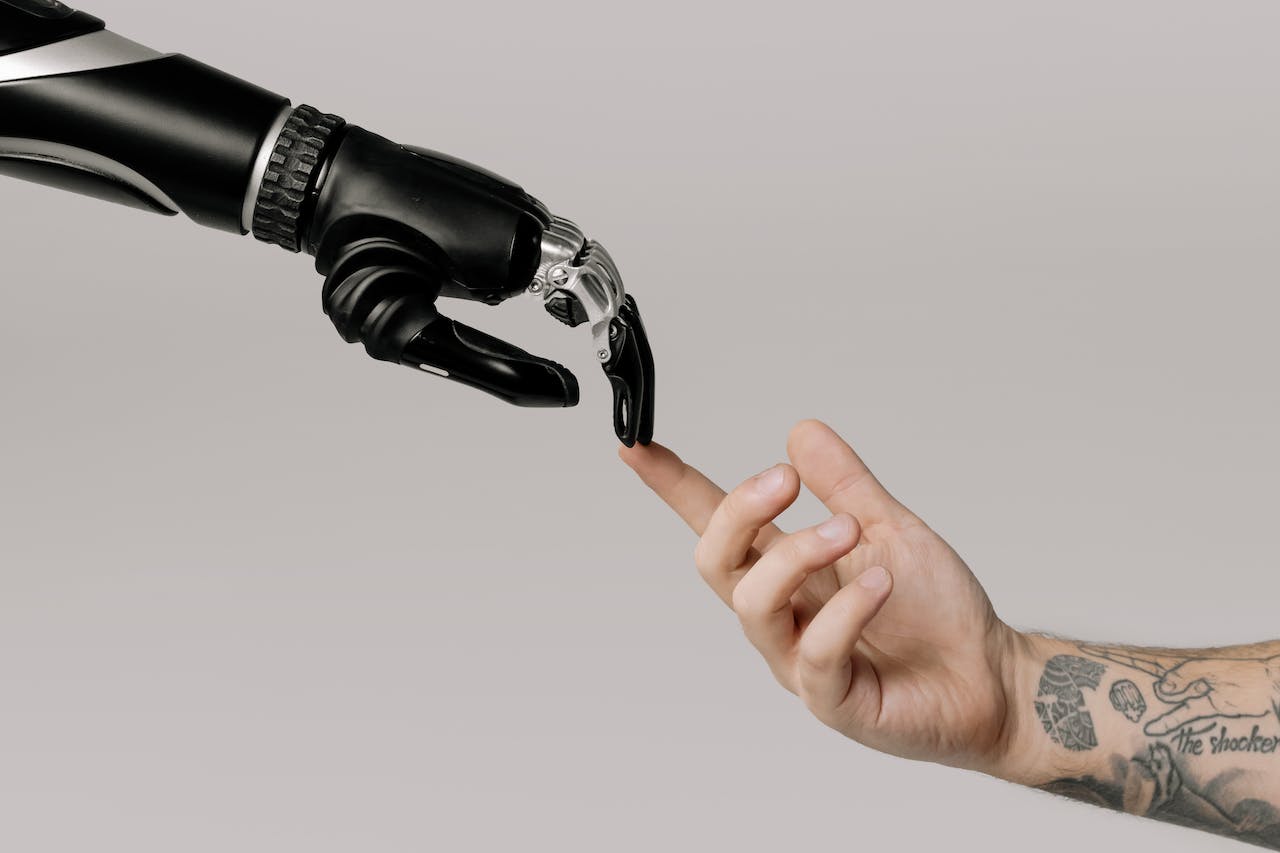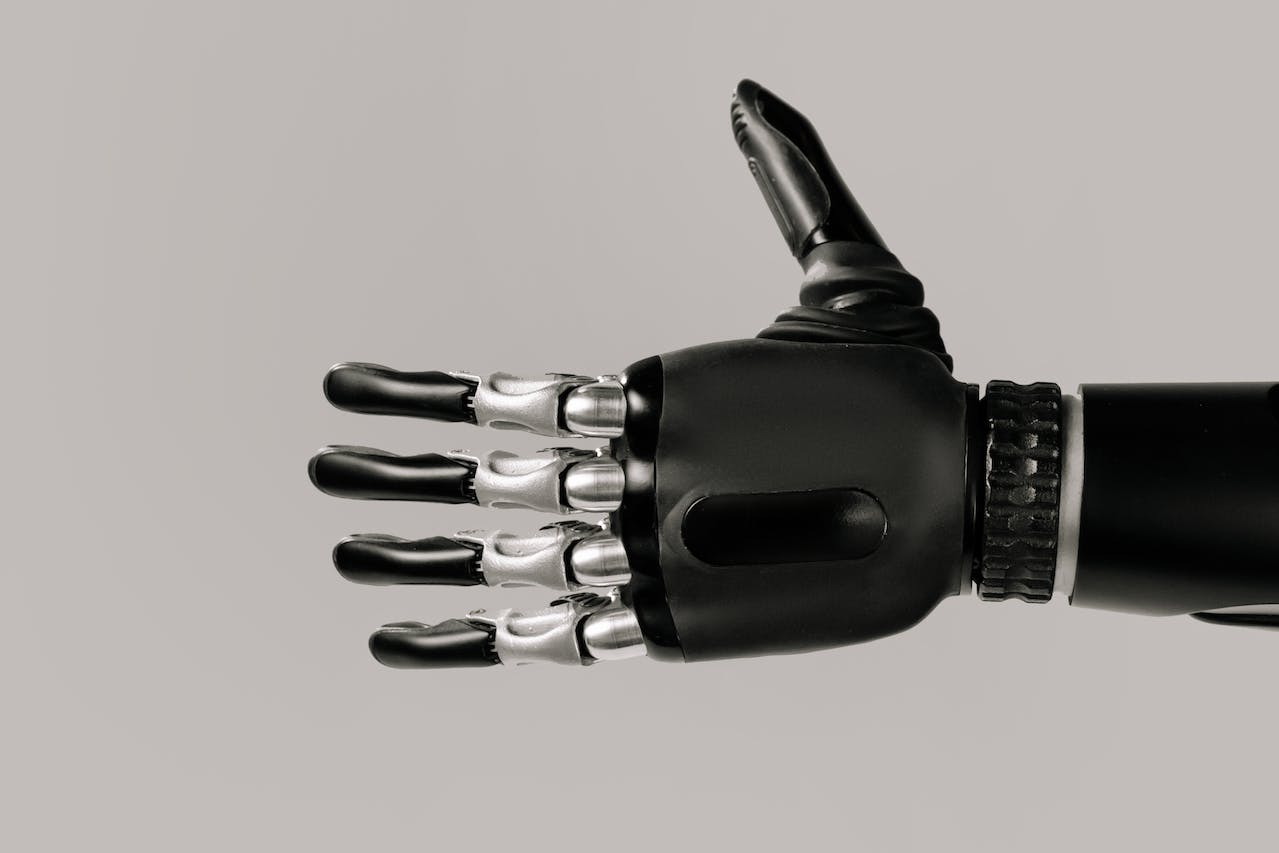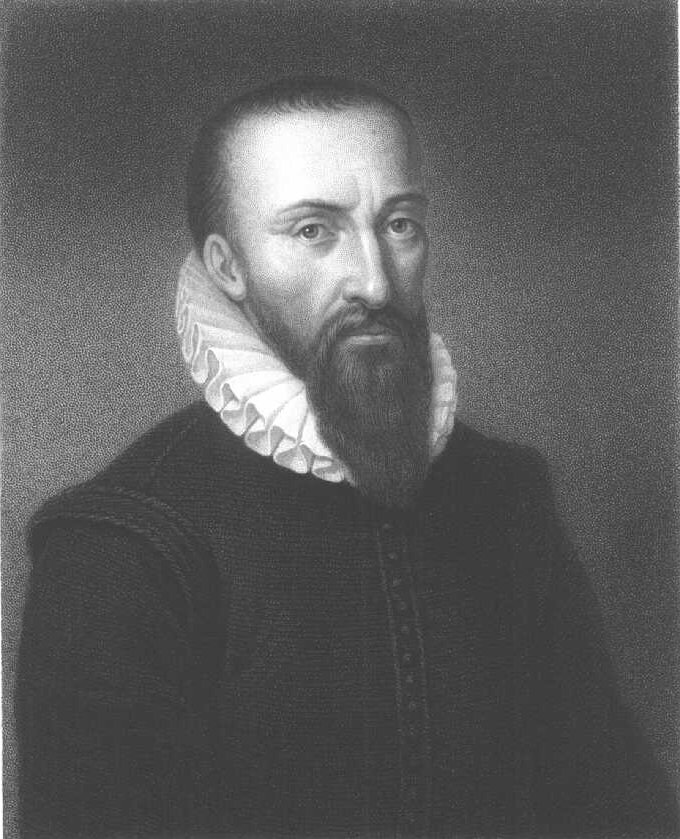The name Ambroise Paré occupies a revered spot in the pages of medical history, as he is renowned for his revolutionary work in the field of prosthetics during the Renaissance. A French barber-surgeon serving in the army, Paré’s innovative approach and inventions in prosthetic limbs marked a significant turn in medical technology and patient care.
Born in the early 1500s, Paré rose to prominence not just for his surgical skills but for his compassionate approach to the wounded, which was a rarity in an era marked by rudimentary and often brutal medical practices. This article delves into the remarkable contributions of Ambroise Paré, focusing on his pioneering work in the development of prosthetics.
What are Ambroise Paré’s Prosthetics?
Ambroise Paré’s journey in the development of prosthetics was driven by a blend of necessity and compassion. Serving as a barber-surgeon in the army, he was confronted with the brutal realities of battlefield injuries, including numerous amputations. It was this exposure that spurred Paré to rethink the way amputees were treated and to devise more functional and comfortable prosthetic limbs.
The Development Process
Paré’s approach to developing prosthetics was revolutionary for his time. In an era when amputees had limited options, often cumbersome and rudimentary, Paré observed the specific challenges they faced and sought to address them. He focused on creating prosthetics that were not only practical in aiding movement but also more comfortable for the wearer.
Breakthrough Designs
One of Paré’s notable designs was a mechanical hand, known for its simplicity yet remarkable functionality. This hand could be controlled by the wearer, allowing them to grasp and hold objects. It was a significant improvement over the static prosthetics that were common at the time.
Another innovative design was his articulated leg. This prosthetic leg was designed to mimic the natural movement of the knee and foot, making it easier for amputees to walk. Paré’s design was a precursor to the hinged prosthetics used today.
Materials and Craftsmanship
Paré utilized the materials available to him in the 16th century, such as leather, metal, and wood, to construct these prosthetics. His skill as a surgeon was complemented by his craftsmanship in creating these devices. He worked meticulously to ensure that the prosthetics were not only functional but also durable.
Impact and Legacy
The development of these prosthetics by Ambroise Paré marked a significant advancement in medical technology. His work demonstrated an understanding of the importance of mobility and quality of life for amputees, a concept that was ahead of his time. Paré’s innovations laid the foundation for modern prosthetic technology and rehabilitation medicine.
Who Was Ambroise Paré?
Ambroise Paré, often hailed as one of the fathers of modern surgery and a pioneering figure in prosthetics, was a remarkable individual whose innovations transformed Renaissance medicine. Born in France around 1510, Paré started his medical career not as a doctor but as a barber-surgeon, a profession that combined haircutting with basic surgical procedures.
From Barber-Surgeon to Royal Surgeon
Paré’s journey from a barber-surgeon to a royal surgeon is a story of talent, perseverance, and innovation. His experiences on the battlefield and treating soldiers provided him with firsthand knowledge of the limitations and needs of surgical and prosthetic practices of the time. Paré’s keen observations and willingness to question traditional methods led him to develop new surgical techniques and prosthetic designs.
Innovations in Surgery and Prosthetics
Ambroise Paré is credited with several groundbreaking surgical practices, including the improvement of amputation procedures and the introduction of ligature of the arteries instead of cauterization. But it was his work in prosthetics that truly showcased his ingenuity and compassion. Paré designed and created prosthetic limbs that offered improved functionality and comfort, a significant departure from the rudimentary designs of his time.
Paré’s Prosthetic Legacy
His mechanical hand and articulated leg prosthetics were revolutionary. They not only provided amputees with a better quality of life but also demonstrated a profound understanding of human anatomy and mechanics. Paré’s designs were among the first to consider the wearer’s comfort and mobility, paving the way for the sophisticated prosthetics we have today.
A Compassionate Approach to Medicine
What set Ambroise Paré apart was not just his skill and innovation but also his compassionate approach to medicine. He cared deeply about the welfare of his patients, a trait that was reflected in his prosthetic designs and surgical methods. His empathy and dedication to improving patient care left a lasting impact on the medical field.
Ambroise Paré was more than just a surgeon; he was a visionary who significantly advanced the field of prosthetics. His contributions went beyond the technical aspects of medicine, encompassing a humane approach that changed the way patients were treated. Paré’s legacy in prosthetics and surgery continues to be revered, marking him as one of the most influential figures in the history of medicine.
Conclusion
Ambroise Paré’s contributions to the field of prosthetics mark a significant chapter in the history of medicine and surgery. His innovative designs and empathetic approach to treatment in the 16th century laid the foundations for modern prosthetic technology and revolutionized patient care. Paré’s journey from a humble barber-surgeon to a renowned royal surgeon is a testament to his skill, ingenuity, and relentless pursuit of improvement in medical practices.
His work in developing functional and comfortable prosthetics not only enhanced the lives of amputees in his era but also set a precedent for future advancements in the field. Paré’s understanding of the importance of mobility and the need for prosthetics that mimic natural movement paved the way for the sophisticated, life-like prosthetics we see today.
Ambroise Paré’s legacy extends beyond his inventions. He embodied the spirit of innovation and compassionate care, principles that are still integral to medical practice. His work continues to inspire surgeons and medical professionals, reminding us that at the heart of all medical advancements lies a deep commitment to improving the human condition. Paré’s life and achievements underscore the profound impact one individual can have on the world, changing the course of medical history with a blend of curiosity, empathy, and skill.


